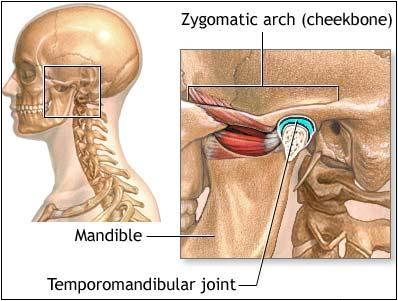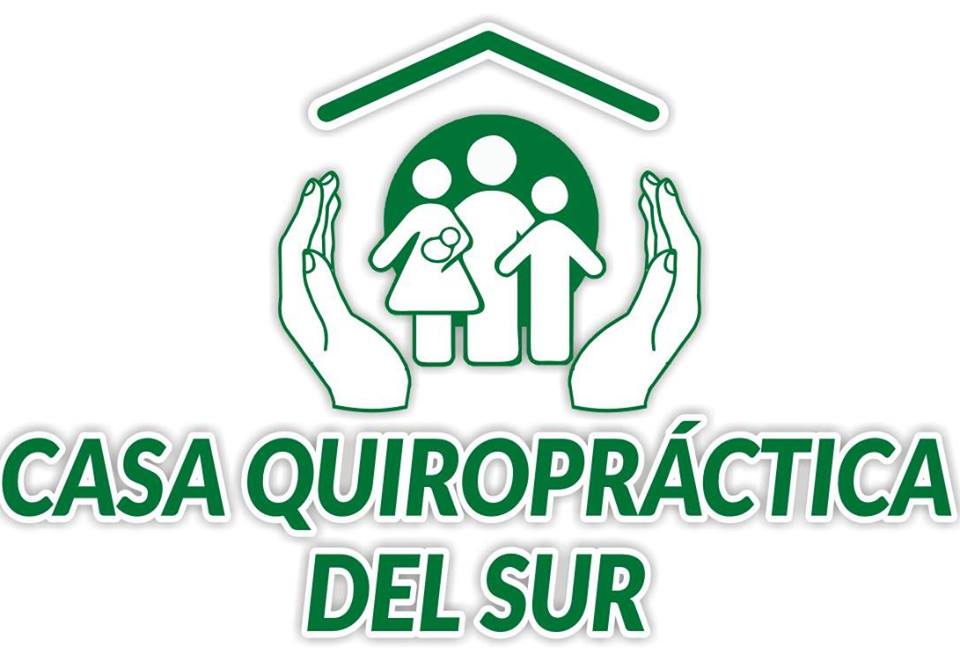
También conocido como síndrome de la articulación temporomandibular o ATM.
La articulación de la mandíbula, al no estar bien alineada y sincronizada, puede producir dolores al masticar, hablar, abrir la boca, tragar, etc.
La causa primaria de este desorden es la tensión excesiva de los músculos que controlan las funciones relacionadas con la mandíbula (masticar, deglutir y hablar). Esta tensión en los músculos puede tener origen en la columna cervical (también emocional en ocasiones).
Algunos síntomas asociados pueden ser: migrañas, dolor de cuello, latigazo cervical, mareos, entre otros.
——————————————————————————————————–
J Manipulative Physiol Ther 2003 (Sep); 26 (7): 421-425
James W DeVocht, DC, PhD, Cynthia R Long, PhD, Deborah L Zeitler, DDS, Walter Schaeffer, DC
Palmer Center for Chiropractic Research, 741 Brady Street, Davenport, Iowa 52803, USA. devocht_j@palmer.edu
OBJECTIVE: To determine if there was a basis for the treatment of temporomandibular disease (TMD) using the chiropractic protocol developed by Activator Methods, International.
SETTING: Private, solo practice of an Activator advanced proficiency rated chiropractor with 15 years experience.
DESIGN: Prospective case series.
PARTICIPANTS: Nine adult volunteers with articular TMD recruited from the practice of the treating clinician.Main outcome measures Change from baseline to follow-up of Visual Analog Scale (VAS) for temporomandibular joint (TMJ) pain and maximum active mouth opening without pain.
INTERVENTIONS: Full spine and TMJ adjusting in accordance with the advanced protocol of Activator Methods, International. Participants were typically seen 3 times per week for 2 weeks and according to individual progress thereafter for 6 more weeks.
RESULTS: Eight participants completed outcome assessments. The median VAS decrease was 45 mm (range 21-71); all experienced improvement. The median increase of mouth opening was 9 mm (range 1-15); all showed improvement.
CONCLUSION: The results of this prospective case series indicated that the TMD symptoms of these participants improved following a course of treatment using the Activator Methods, International protocol. Consequently, further investigation of this type of chiropractic treatment for patients with the articular type of TMD is warranted.
————————————————————————————-
J Manipulative Physiol Ther 2002 (Jan); 25 (1): 63–70
Joel Alcantara, DC, Gregory Plaugher, DC, Darrel D. Klemp, DC, Chris Salem, DC
This study was funded by Life Chiropractic College West, Hayward, California, the Gonstead Clinical Studies Society, Santa Cruz, California, and the International Chiropractic Pediatric Association, Media, Pennsylvania
OBJECTIVE: To describe the chiropractic care of a patient with cervical subluxation and complaints associated with temporomandibular disorder.
CLINICAL FEATURES: A 41-year-old woman had bilateral ear pain, tinnitus, vertigo, altered or decreased hearing acuity, and headaches. She had a history of ear infections, which had been treated with prescription antibiotics. Her complaints were attributed to a diagnosis of temporomandibular joint syndrome and had been treated unsuccessfully by a medical doctor and dentist.
INTERVENTION AND OUTCOME: High-velocity, low-amplitude adjustments (ie, Gonstead technique) were applied to findings of atlas subluxation. The patient’s symptoms improved and eventually resolved after 9 visits.
CONCLUSION: The chiropractic care of a patient with temporomandibular disorder, headaches, and subluxation is described. Clinical issues relevant to the care of patients with this disorder are also discussed.
